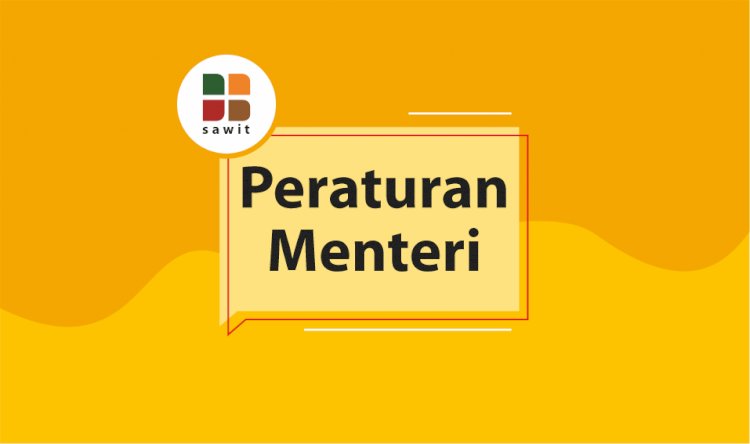

European Journal of Remote Sensing 51:1, pages 266-275. (2018) Detection of homogeneous wheat areas using multi-temporal UAS images and ground truth data analyzed by cluster analysis. Analisis Pola Spasial Persebaran Kawasan Lahan Pertanian Pangan Berkelanjutan Di Kabupaten Karawang.
#Peraturan kepala badan pusat statistik no 57 tahun 2017 plus#
"Cross-Comparison of Vegetation Indices Derived from Landsat-7 Enhanced Thematic Mapper Plus (ETM+) and Landsat-8 Operational Land Imager (OLI) Sensors" Remote Sensing 6, no. Li, Peng, Luguang Jiang, and Zhiming Feng. Cross-Comparison of Vegetation Indices Derived from Landsat-7 Enhanced Thematic Mapper Plus (ETM+) and Landsat-8 Operational Land Imager (OLI) Sensors. Luas Panen dan Produksi Padi di Provinsi Lampung 2018 (Perbaikan Metodologi Perhitungan Data Produksi Beras dengan Metode Kerangka Sampel Area). International Journal of Remote Sensing, 34(6), 2101–2139. Agricultural Water Management, 69(2), 83-100. Relationships among the leaf area index, moisture availability, and spectral reflectance in an upland rice field. Abrams (Ed.), Land Remote Sensing and Global Environmental Change (Vol. Huete, A., Didan, K., van Leeuwen, W., Miura, T., & Glenn, E. Mapping Rice Cropping Systems in Vietnam Using an NDVI-Based Time-Series Similarity Measurement Based on DTW Distance. Guan, X., Huang, C., Liu, G., Meng, X., & Liu, Q. Ndvi: Vegetation Change Detection Using Remote Sensing and Gis – A Case Study of Vellore District. M., Parthiban, S., Thummalu, N., & Christy, A. International Journal of Remote Sensing, 41(2), 471–486. Mapping high temperature damaged area of rice rice along the Yangtze River using Moderate Resolution Imaging Spectroradiometer data. Dipetik 09 September 2019, dari ĭou, Y., Huang, R., Mansaray, L.

Lampung: Badan Pusat Statistik Provinsi Lampung.īPS (2019). Luas Panen dan Produksi Padi di Provinsi Lampung. Peraturan Kepala Badan Informasi Geospasial Nomor 15 Tahun 2014.īPS. Aplikasi Penginderaan Jauh Dan Sistem Informasi Geografis Dalam Mengkaji Perubahan Luas Hutan Di Kabupaten Kuantan Singingi (Riau) Tahun 2000-2010. Keywords: Agricultural Land, SPOT 6/7, NDVI, SAVI, TSAVI. This accuracy value indicates that the map has good results but judging from the magnitude of the highest accuracy value obtained from NDVI, it can be concluded that NDVI is the best index to determine paddy fields

Overall, for NDVI, the Accuracy was valued at 90.25%, which could be classified as a reasonable classification result. The accuracy result shows that the agricultural land has a maximum of 100% producer accuracy while the user accuracy value is 87.87%. All three indices’ results are then overlaid with the satellite imagery classification process result. However, high or low value does not indicate the rigorousness and Accuracy of an index. Meanwhile, the NDVI index, which has a minimum value of -1.02, suggests that this index value is a non-vegetation object. Results show that the TSAVI value is the highest, with a 1.80 value, which indicates that this index value is very dense vegetation. Several transformative vegetation indices: NDVI, SAVI, and TSAVI, applied SPOT 6/7 satellite imagery in Lampung Province. This research aimed to map agricultural land in sustainable agricultural development.

Meanwhile, the continuation of existing agricultural land and transformation into new agricultural land is inherently small. However, a persistent problem of arable land conversion and land degradation have become more massive throughout the years. This fact made agricultural land one of the main unique production factors irreplaceable due to its importance in the agricultural business processes. Agriculture plays an essential role in national economic development.


 0 kommentar(er)
0 kommentar(er)
